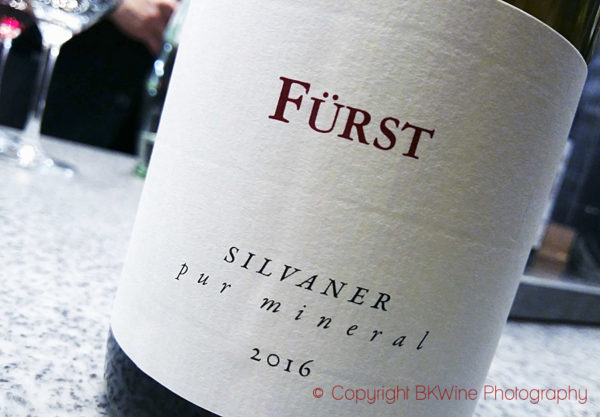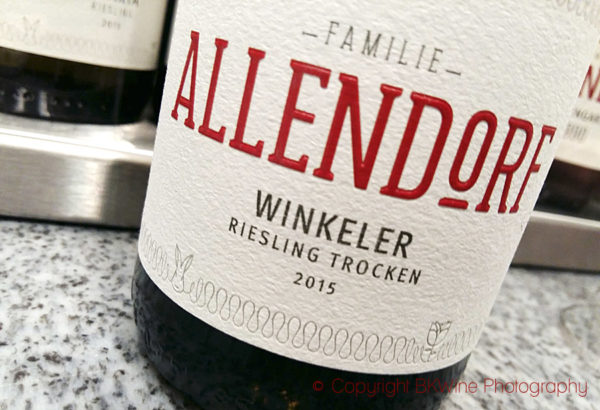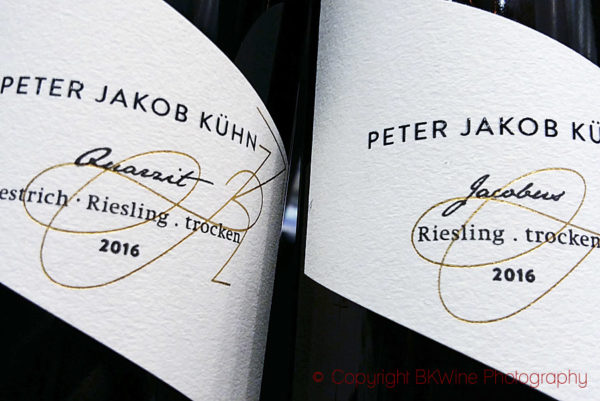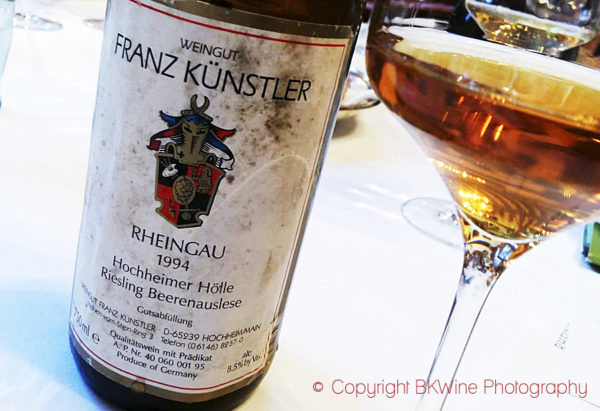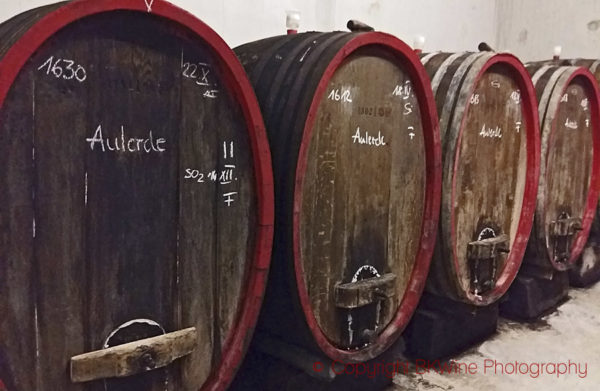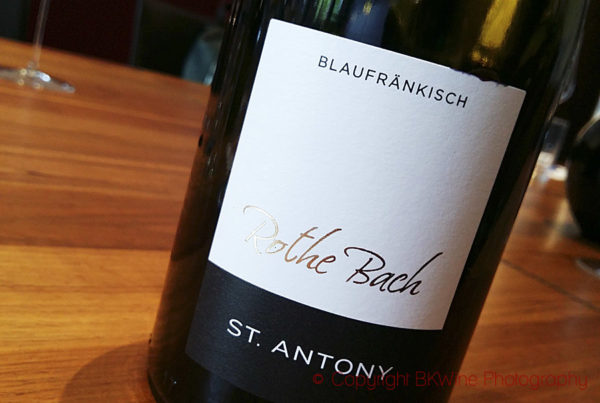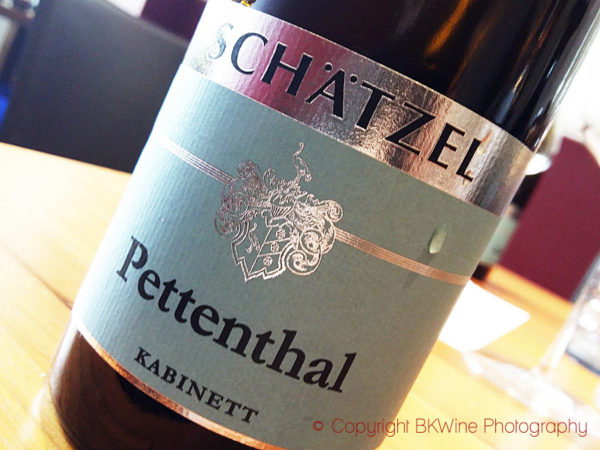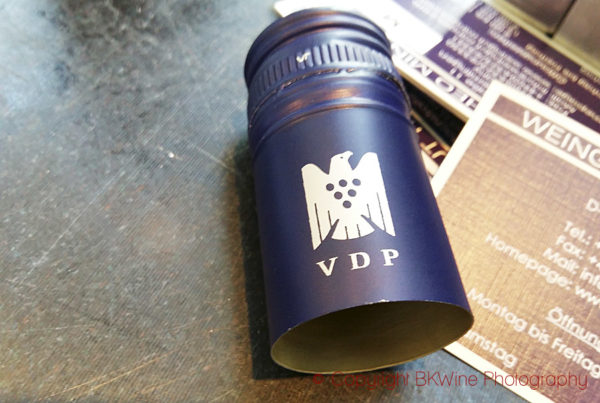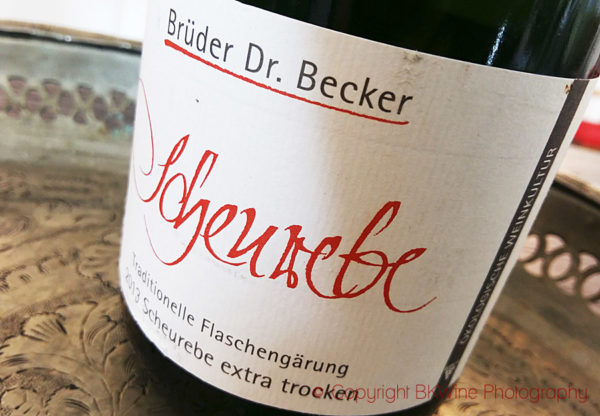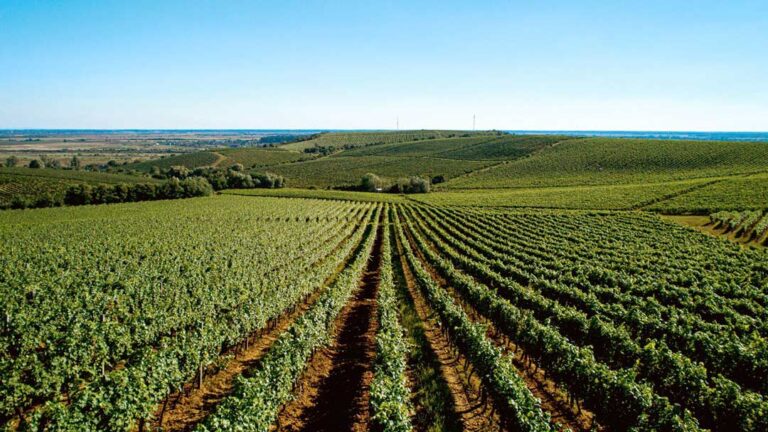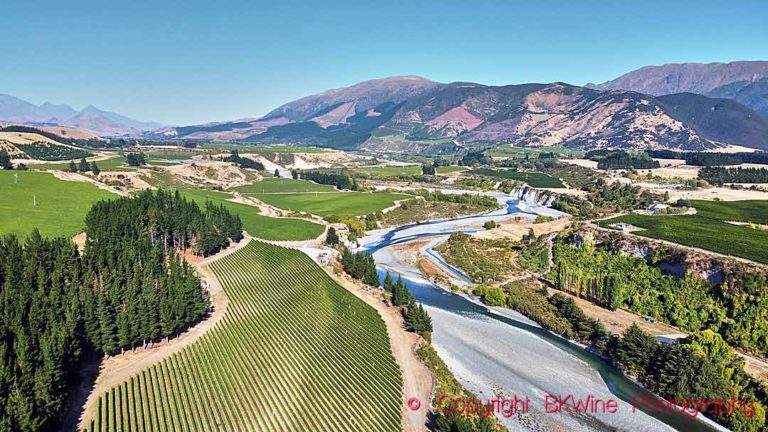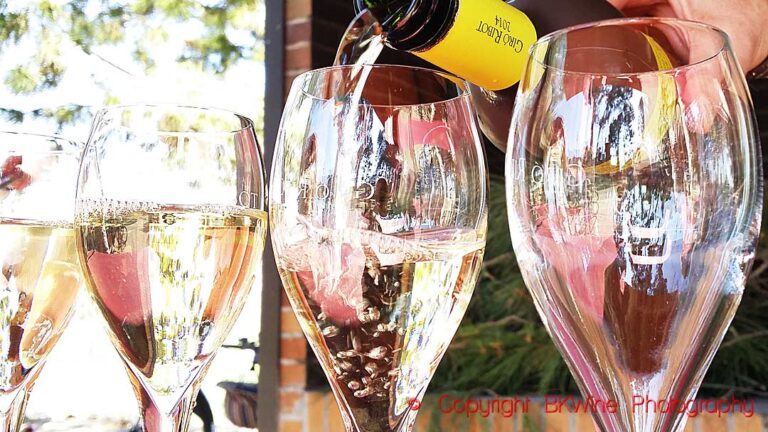Over the last couple of decades German wines have changed dramatically.
Here are some of the NEW keywords: The semi-dry / semi-sweet whites are on the retreat. (Thankfully!) Bone-dry whites with plenty of elegance and style have come in force. Red wines have moved to being marginal to being a serious player in Germany.
But one thing has not changed: riesling is still king. But there have been other dramatic changes in what grape varieties are used, mostly to the better for the quality concious consumer.
And Germany is still making, next to dry whites and reds, some of the world’s most outstanding sweet white wines.
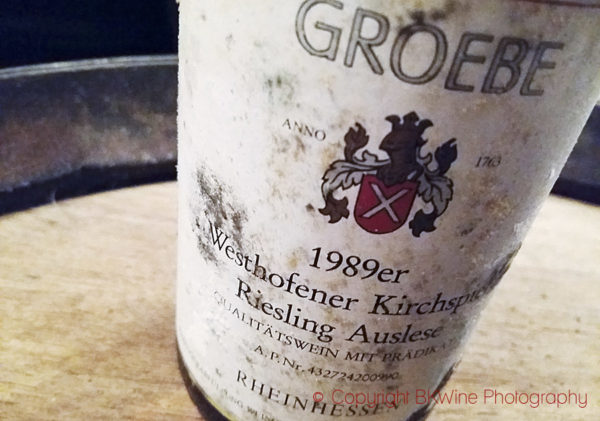
Read more on this in Britt’s article on Forbes: A German Wine Revolution.
Here’s the introduction:
Ever since I started drinking wine I have had a fondness for German Riesling. I want them dry or, occasionally, very sweet. I have never been a fan of the off-dry or semi dry wines which Germany used to produce lots of. They still do, but the dry wines are rapidly gaining in popularity. In 1985, only 16 % of the wines produced in Germany were “trocken” (dry). In 2016 this figure had increased to 46.3%. This is very good news. The cool climate of the German vineyards give the dry whites a particular pleasant, I would even say unique, crispiness and vivacity.
The switch to dry wines is not the only thing that has been happening in Germany for the past 25 years. Steffen Schindler from the Deutsches Weininstitut gave me an update late April, during the VDP Weinbörse 2017, the big wine fair in Mainz.
Germany has had stable a production for many years of approximately 9 million hectolitres of wine from 102,000 hectares (252,000 acres) of vines. The country is divided into 13 wine regions. It used to be 11 and 2 were added in the eastern part of the country at the time of the reunification in 1990.
Read all of Britt’s article on BKWine on Forbes.
